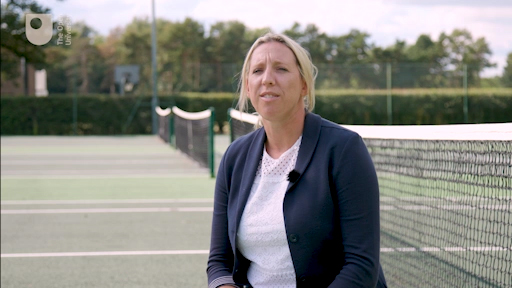1 Female athletes and their susceptibility to specific injuries
While the nature and severity of injuries are dependent on a range of factors, such as the type of activity, playing surfaces, equipment and individual fitness level, there are statistics that indicate that sex is an additional factor as active females are more susceptible to specific injuries. This is explained by Dr Emma Ross from The Well HQ [Tip: hold Ctrl and click a link to open it in a new tab. (Hide tip)] in Activity 1.
Activity 1 Sports injuries and the female athlete
Watch the video below where Dr Emma Ross explains which injuries female athletes are most susceptible to, some of the factors that increase the likelihood of these injuries occurring and strategies that can be employed to reduce the risk of sustaining an injury. Then answer the following questions:
- Which injuries are more common in female athletes than in males?
- What role may the menstrual cycle play in increasing the likelihood of injury?
- What strategies may help manage the risk of injury?

Transcript
Discussion
- Joint injuries to the ankle and shoulder are more common in female athletes as they have looser joints (joint laxity), which might also be influenced by the menstrual cycle, and also less muscle around these joints. Injuries to the anterior cruciate ligament (ACL) in the knee that are not caused by physical contact with another player are around 4.5 times more likely in female athletes due to the female skeleton, muscle imbalances and poor movement techniques. Female athletes also show higher incidences of concussion, have worse concussion symptoms and take longer to return to play than males. Females may also experience more stress fractures.
- Emma makes the key point that injuries are rarely due to one factor, and it is often when several risk factors align at a given moment to make an injury more likely. In a well-conditioned athlete, we can reduce injury risk, even in light of factors beyond our control, such as the menstrual cycle. However, higher levels of oestrogen, as found just before ovulation, can interfere with the collagen of ligaments making joints looser and less stable with an increased range for movement. This might contribute to injury risk.
- Through cycle tracking, if an athlete develops awareness that there are times in their cycle when they experience pain or injuries, they can develop strategies to proactively manage this risk, such as a more thorough warm up or discussing taping with a physiotherapist.
